5G and the Internet of Things: A New Era of Connectivity
In the realm of technological advancements, few developments have garnered as much attention and excitement as 5G and the Internet of Things (IoT). Together, these two innovations are set to revolutionize the way we connect, communicate, and interact with the world around us. This new era of connectivity promises to bring about transformative changes in various sectors, from healthcare and transportation to smart cities and home automation.
What is 5G?
5G, the fifth generation of wireless technology, is more than just a step up from 4G. It represents a massive leap in terms of speed, capacity, and reliability. With theoretical download speeds reaching up to 10 Gbps, 5G is set to be up to 100 times faster than its predecessor. But speed is just the tip of the iceberg. 5G also offers ultra-low latency, higher bandwidth, and the ability to connect a vast number of devices simultaneously, enabling seamless and instantaneous communication.
Understanding the Internet of Things (IoT)
The Internet of Things refers to the network of interconnected devices that communicate and exchange data with each other over the internet. These devices, often embedded with sensors and software, range from everyday household items like refrigerators and thermostats to complex industrial machinery. The essence of IoT lies in its ability to gather data from the physical world, process it, and make intelligent decisions or actions based on that data.
The Synergy Between 5G and IoT
The convergence of 5G and IoT is akin to a match made in technological heaven. Here’s how these two powerful forces are set to reshape our world:
-
Enhanced Connectivity: One of the foremost advantages of 5G is its ability to support a massive number of connections concurrently. This is crucial for IoT, which relies on connecting billions of devices. From smart homes filled with interconnected gadgets to expansive industrial IoT networks, 5G ensures that all these devices can communicate efficiently without network congestion.
-
Reduced Latency: Latency refers to the delay before a transfer of data begins following an instruction. In applications such as autonomous vehicles, remote surgery, and real-time gaming, even a slight delay can have significant consequences. 5G’s ultra-low latency, which can be as low as 1 millisecond, ensures near-instantaneous communication, making these critical applications more viable and safe.
-
Increased Data Throughput: The massive bandwidth capacity of 5G ensures that large volumes of data can be transmitted quickly and reliably. This is particularly beneficial for IoT devices that continuously collect and send vast amounts of data. Whether it’s streaming high-definition video from a security camera or transmitting detailed performance metrics from industrial equipment, 5G handles these data-heavy tasks with ease.
-
Energy Efficiency: Many IoT devices are designed to operate on battery power or energy harvesting methods. 5G technology includes advancements that reduce power consumption for connected devices, ensuring they can operate longer without needing frequent recharges or replacements.
- Edge Computing: 5G’s architecture supports edge computing, where data processing occurs closer to the source of data generation, reducing the need to send all information back to centralized servers. This not only reduces latency but also enhances security and enables real-time analytics, crucial for many IoT applications.
Transformative Impact Across Sectors
-
Healthcare: 5G-powered IoT devices are revolutionizing patient care. Wearable health monitors can continuously track vital signs and transmit data to healthcare providers in real-time. Telemedicine, enabled by high-speed and low-latency 5G, allows doctors to conduct remote consultations and even perform surgeries with robotic assistance.
-
Transportation: Autonomous vehicles, connected through 5G networks, can communicate with each other and with traffic infrastructure to enhance safety and efficiency. Real-time data from IoT sensors can optimize traffic flow, reduce congestion, and provide instant updates on road conditions.
-
Smart Cities: The concept of smart cities is brought to life by the integration of 5G and IoT. From intelligent lighting systems that adjust based on occupancy to waste management solutions that optimize collection routes, urban areas are becoming more efficient, sustainable, and livable.
-
Industrial Automation: In manufacturing, 5G-enabled IoT devices streamline operations by monitoring equipment health, predicting maintenance needs, and optimizing production processes. This leads to increased productivity and reduced downtime.
- Home Automation: The smart home ecosystem is being supercharged by 5G. Homeowners can remotely control and monitor devices such as security cameras, thermostats, and appliances with greater reliability and speed, enhancing convenience and security.
Challenges and Considerations
Despite the promising prospects, the integration of 5G and IoT is not without challenges. Concerns about data privacy, cybersecurity, and the potential digital divide between urban and rural areas need to be addressed. Furthermore, the infrastructure investments required for widespread 5G deployment are significant.
Conclusion
The combination of 5G and the Internet of Things heralds a new era of connectivity that is set to transform our world in profound ways. As these technologies continue to evolve and mature, they will unlock new possibilities, drive innovation, and create opportunities that were once unimaginable. The future of connectivity is bright, and with 5G and IoT at the helm, we are on the cusp of a truly connected world.








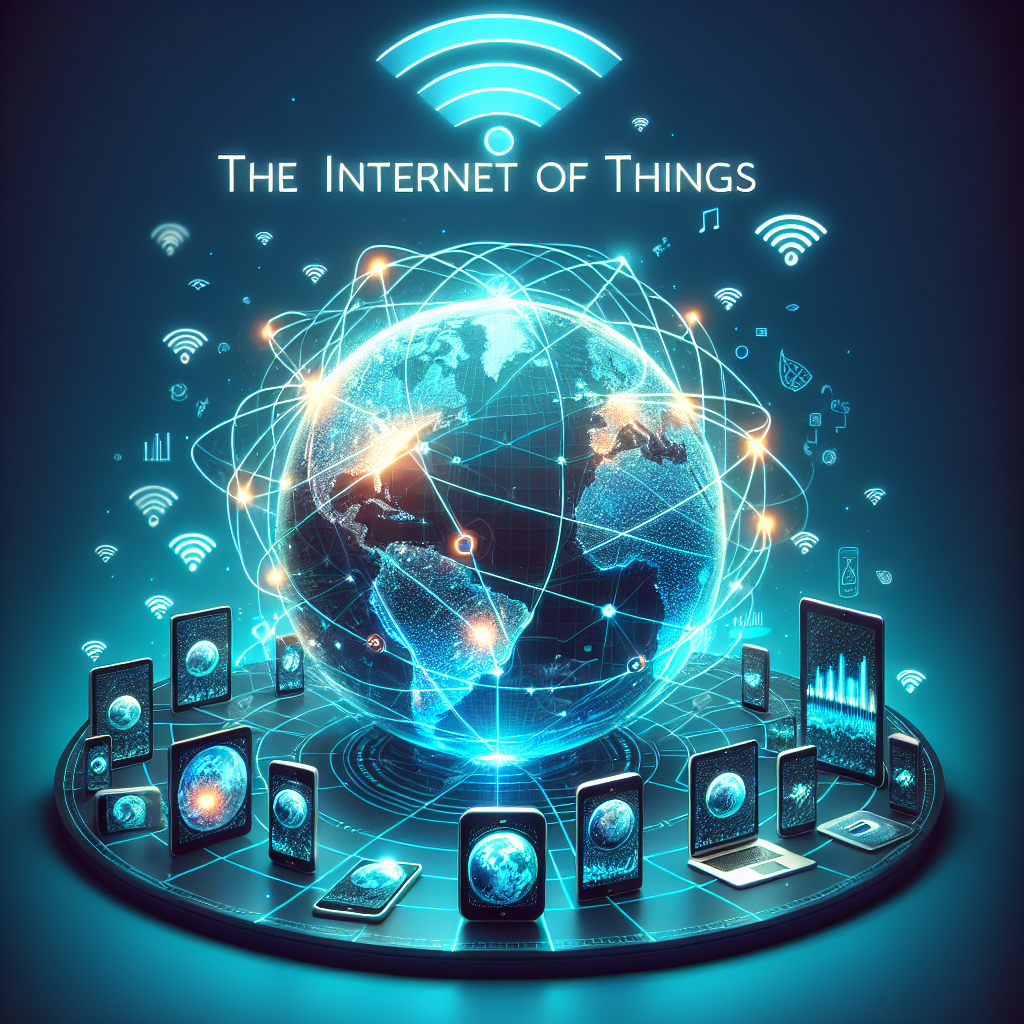
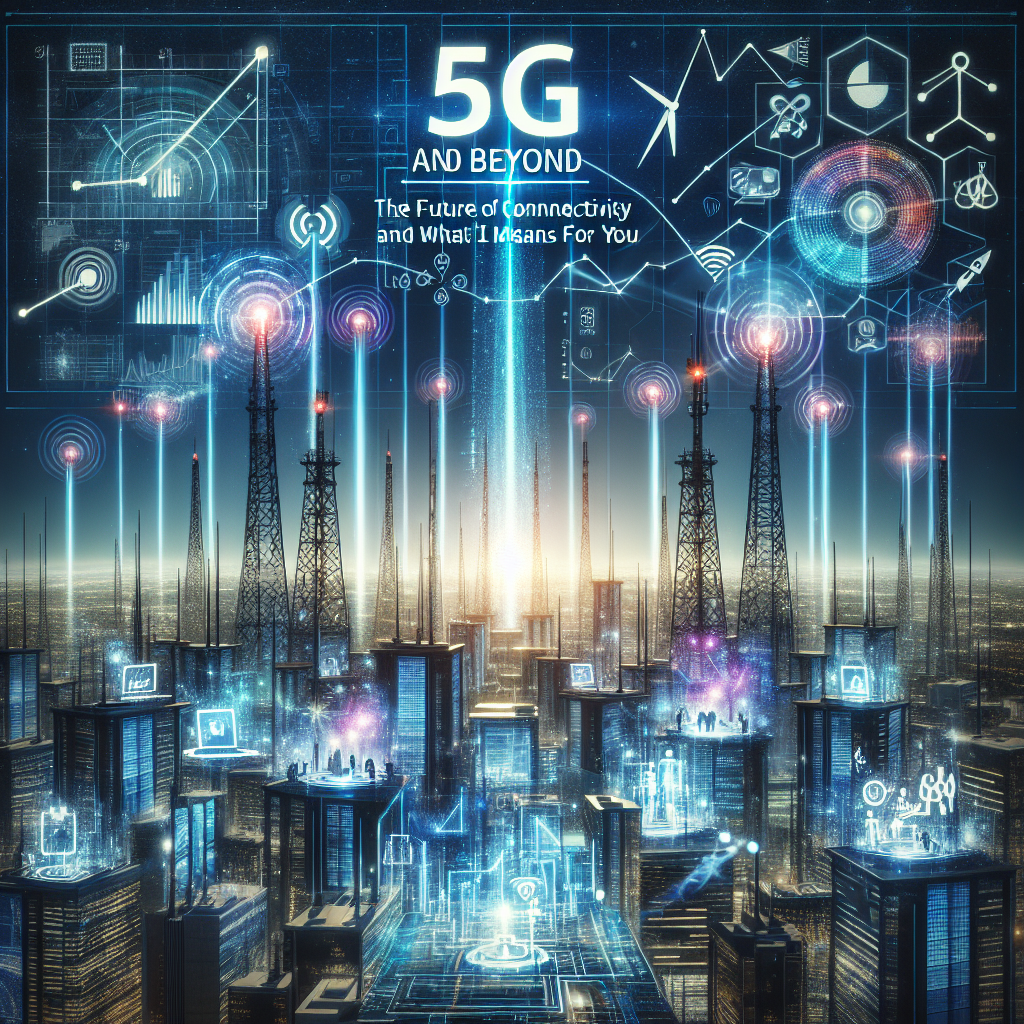
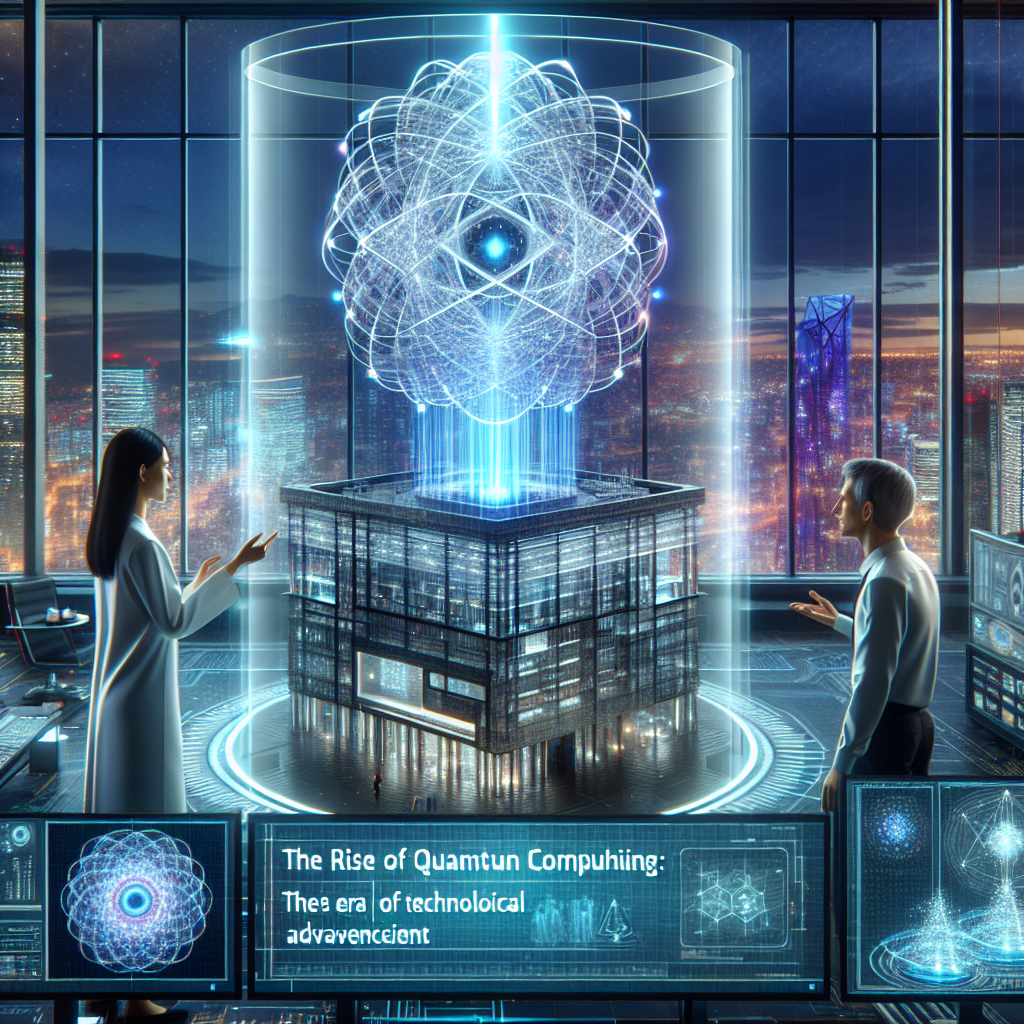
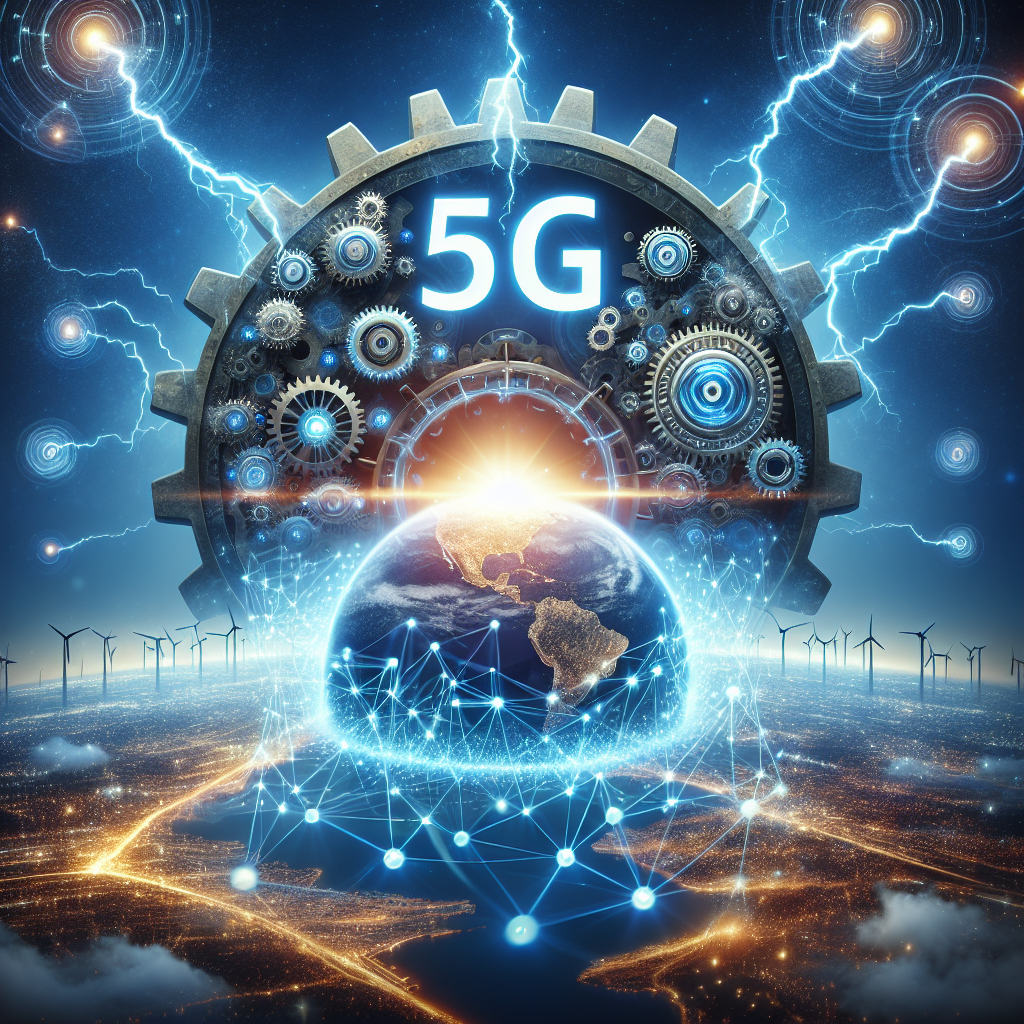
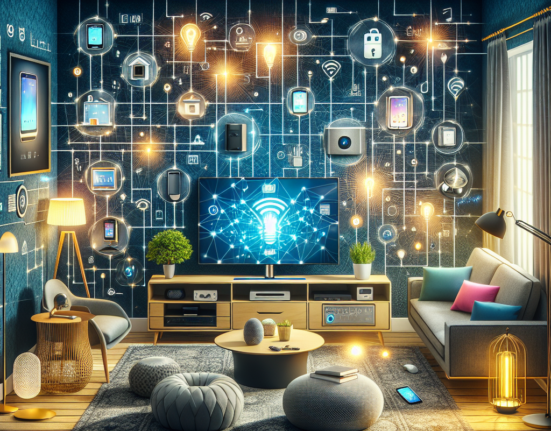
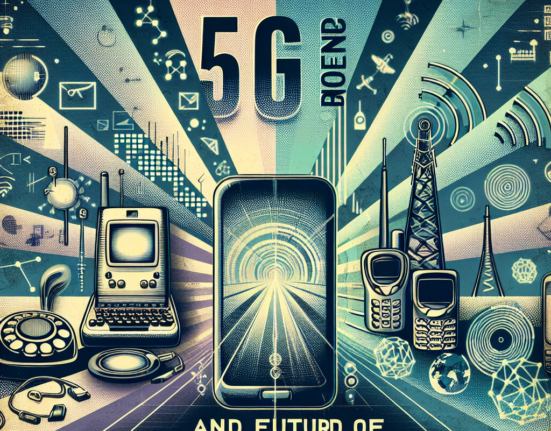
Leave feedback about this
You must be logged in to post a comment.